Orthopedic Conditions
Love Wearing High Heels? It Can Lead To These Health Problems
2 min read
By Dr Abhishek Vaish, MS, Orthopaedics, Apollo Hospitals Indraprastha, Delhi - 01 August 2022, Updated on - 23 November 2023
Share this article
0
4 likes
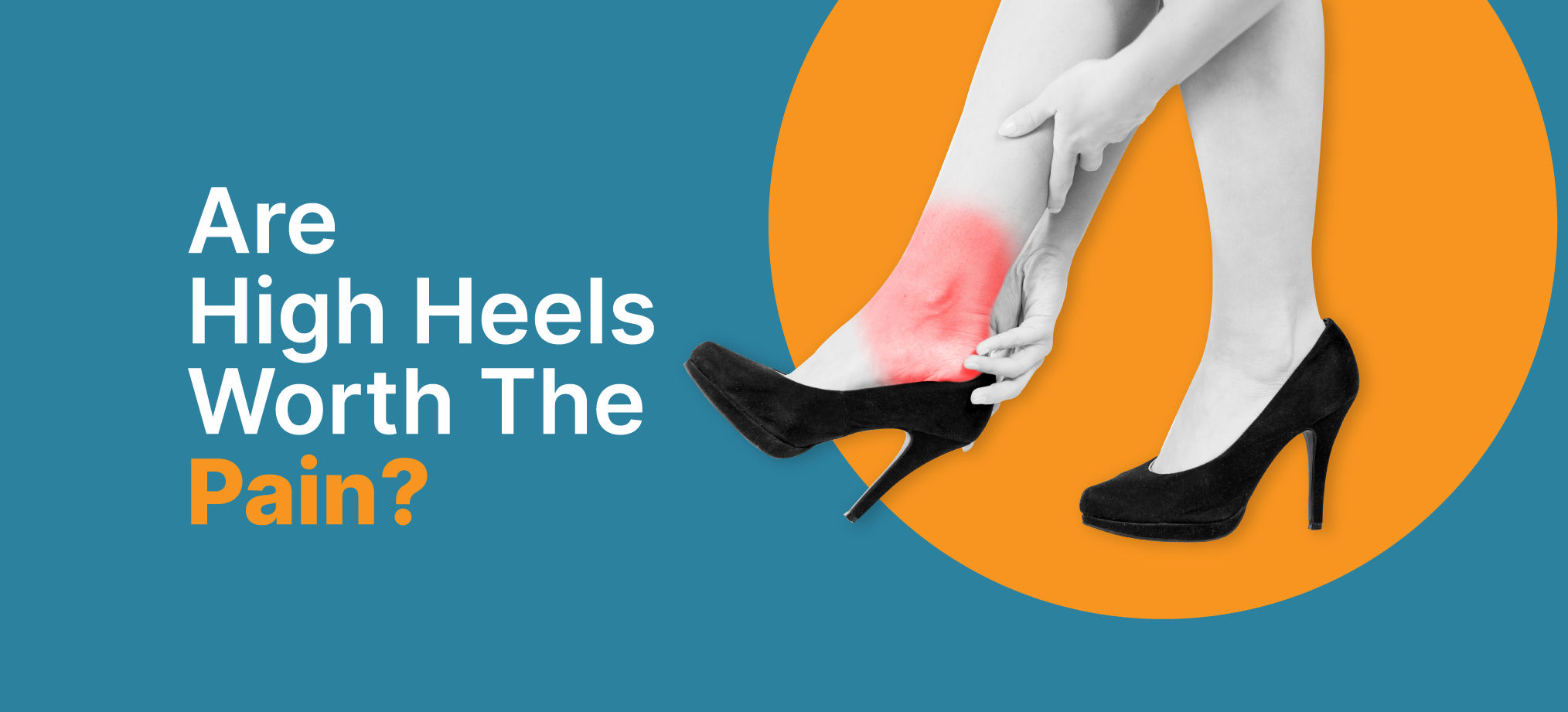
High heels have been in fashion for a long time and are definitely here to stay. People, especially ladies, perceive themselves as more attractive in high heels than in flat shoes. However, most of them are unaware of the pros and cons of wearing high heels for a long duration. Statistics reveal around 20% of women wearing high heels end up with serious health complications. Some of these complications include:
1) Claw toe
Claw toe is a common problem encountered by women who wear heels on a regular basis. In this condition, the toes bent into an abnormal claw-like shape. They are extremely painful and can make it difficult to walk or run.
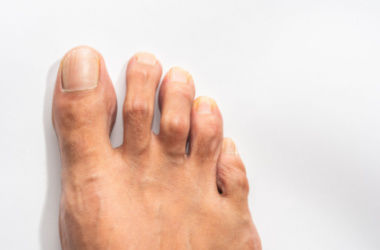
2) Arthritis of small joints in the foot
Prolonged usage of high heels may lead to early small joint arthritis. This initially was more common in the west, however, due to changes in lifestyle in Asians, this is increasing in incidence here as well. The affected person may have swelling and pain in the foot joints.
3) Joint pain
Excessive usage of high heels alters the biomechanics and balance of the body. The axis of weight transmission shifts in front, which puts more load on other joints like hips and knees. Excessive load on the joints can make them fatigued and painful.
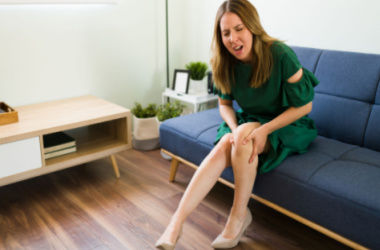
4) Ankle sprains
Studies reveal the chances of ankle sprains increases by around 40% in people using high heels. Continuous sprains in the ankles can make the joint weak and unstable.
5) Overlapping of toes
Excessive use of high heels can result in painful crowding of toes. Overlapped toes can also cause abrasion on the sides of the fingers and the back side of the heel.
With all that said, we all have understood the side effects of wearing high heels. Therefore, it is important to take a break from your high heels and give your feet some rest by wearing comfortable and foot-friendly shoes and using shoe cushions. If you experience any of the aforementioned problems,
Orthopedic Conditions
Leave Comment
Recommended for you
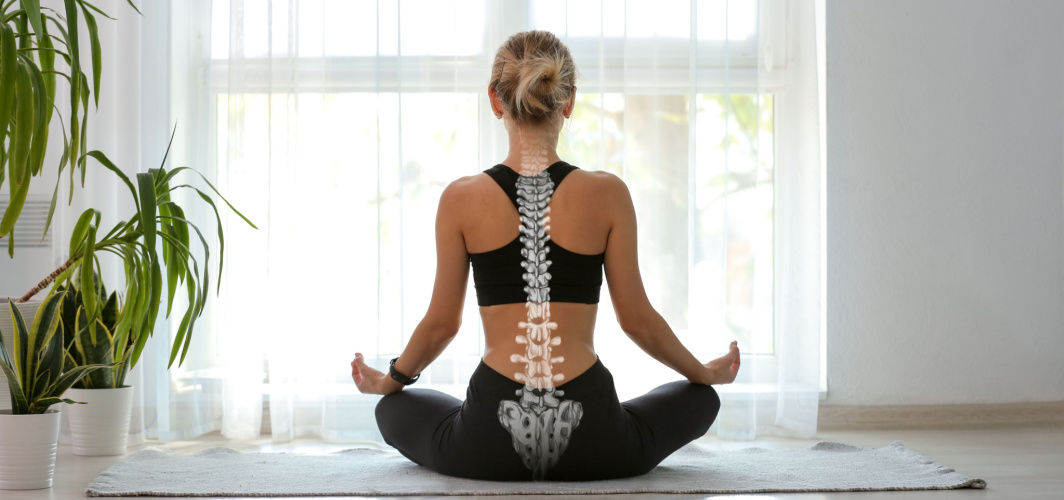
Orthopedic Conditions
Try These Yoga Asanas To Strengthen Your Back
For people of all ages, yoga has positive effects on both physical and mental health. Yoga can also become a crucial component of your treatment and possibly speed up recovery if you're battling an illness, recuperating from surgery, or dealing with a chronic disease.
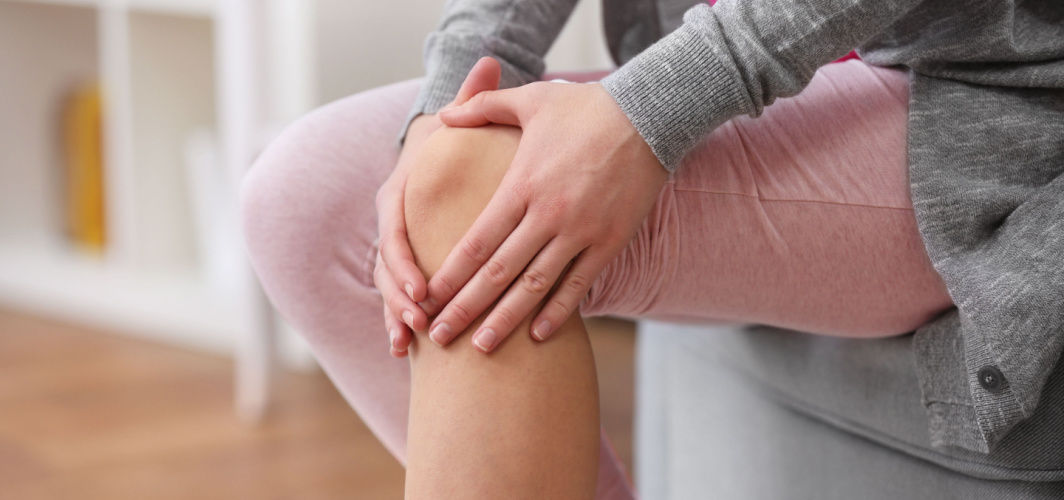
Orthopedic Conditions
Joint Pain: How To Diagnose & Treat The Underlying Cause?
More than 350 million people suffer from joint pain worldwide. While the causative factor may differ, home remedies can sometimes help with joint pain. However, it is always advisable to seek medical help and treatment from a medical professional.
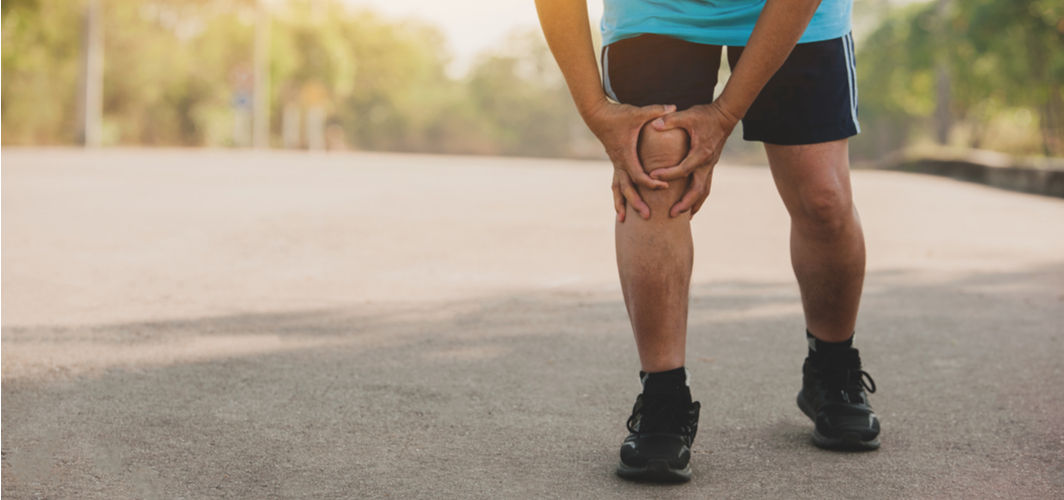
Orthopedic Conditions
Does COVID-19 Infection Have a Long-term Effect on Bone Health?
People who have recovered from COVID-19 are experiencing bone-health deterioration with difficulty in walking and higher incidences of fractures as the primary warning signs.
Subscribe
Sign up for our free Health Library Daily Newsletter
Get doctor-approved health tips, news, and more.
Visual Stories
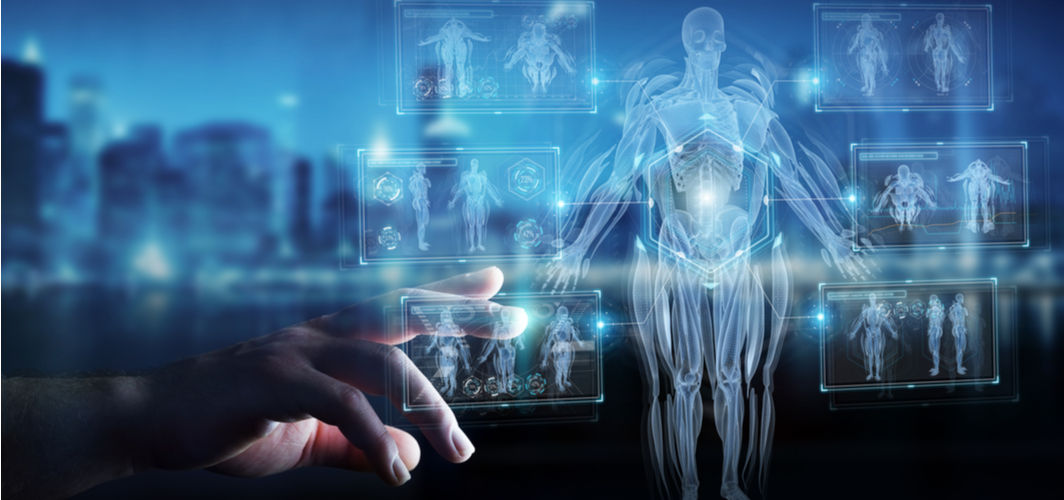
How to Keep Your Bones Strong and Healthy Naturally
Tap to continue exploring
Recommended for you

Orthopedic Conditions
Try These Yoga Asanas To Strengthen Your Back
For people of all ages, yoga has positive effects on both physical and mental health. Yoga can also become a crucial component of your treatment and possibly speed up recovery if you're battling an illness, recuperating from surgery, or dealing with a chronic disease.

Orthopedic Conditions
Joint Pain: How To Diagnose & Treat The Underlying Cause?
More than 350 million people suffer from joint pain worldwide. While the causative factor may differ, home remedies can sometimes help with joint pain. However, it is always advisable to seek medical help and treatment from a medical professional.

Orthopedic Conditions
Does COVID-19 Infection Have a Long-term Effect on Bone Health?
People who have recovered from COVID-19 are experiencing bone-health deterioration with difficulty in walking and higher incidences of fractures as the primary warning signs.